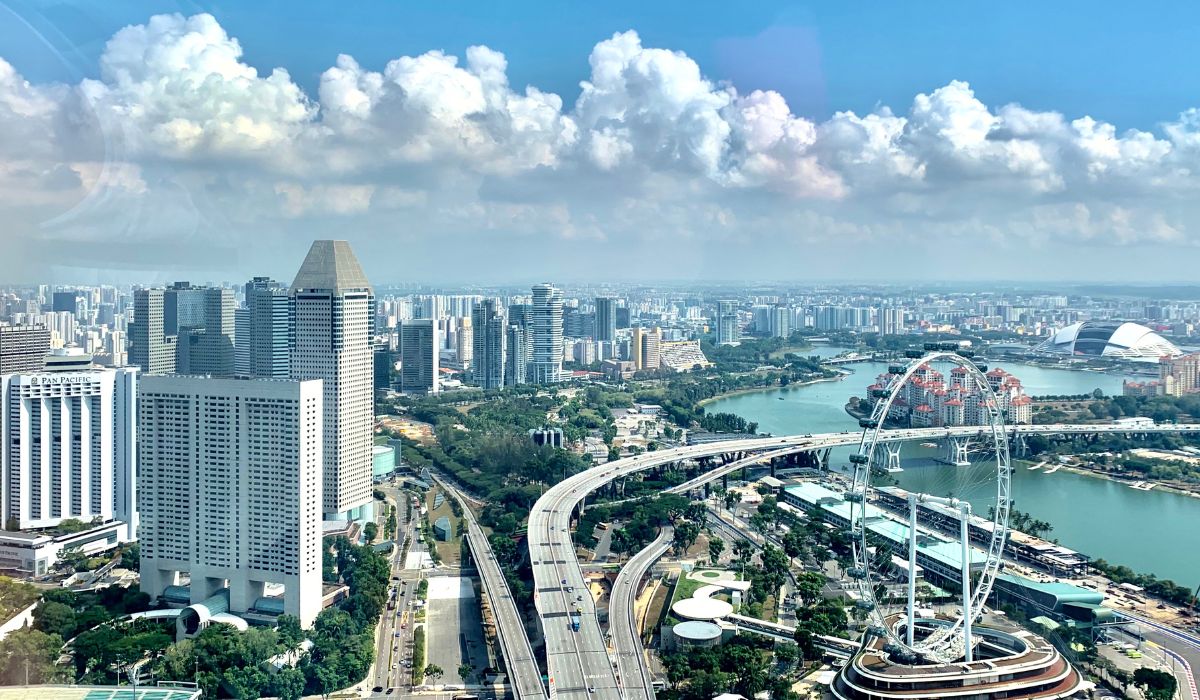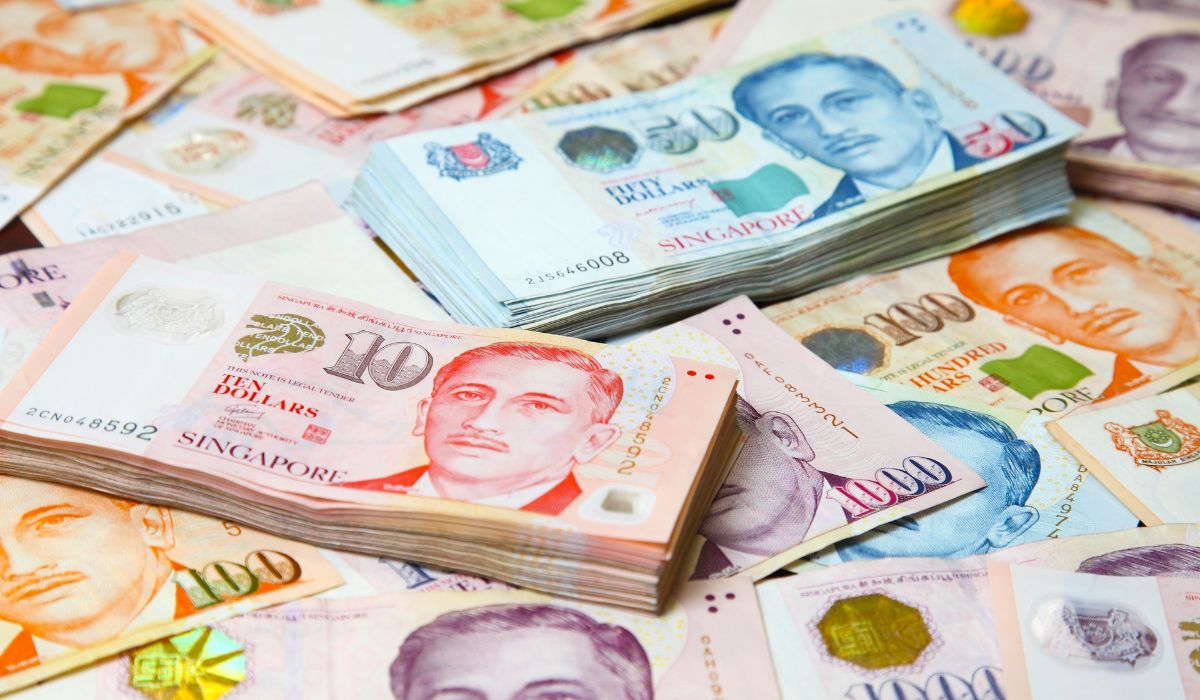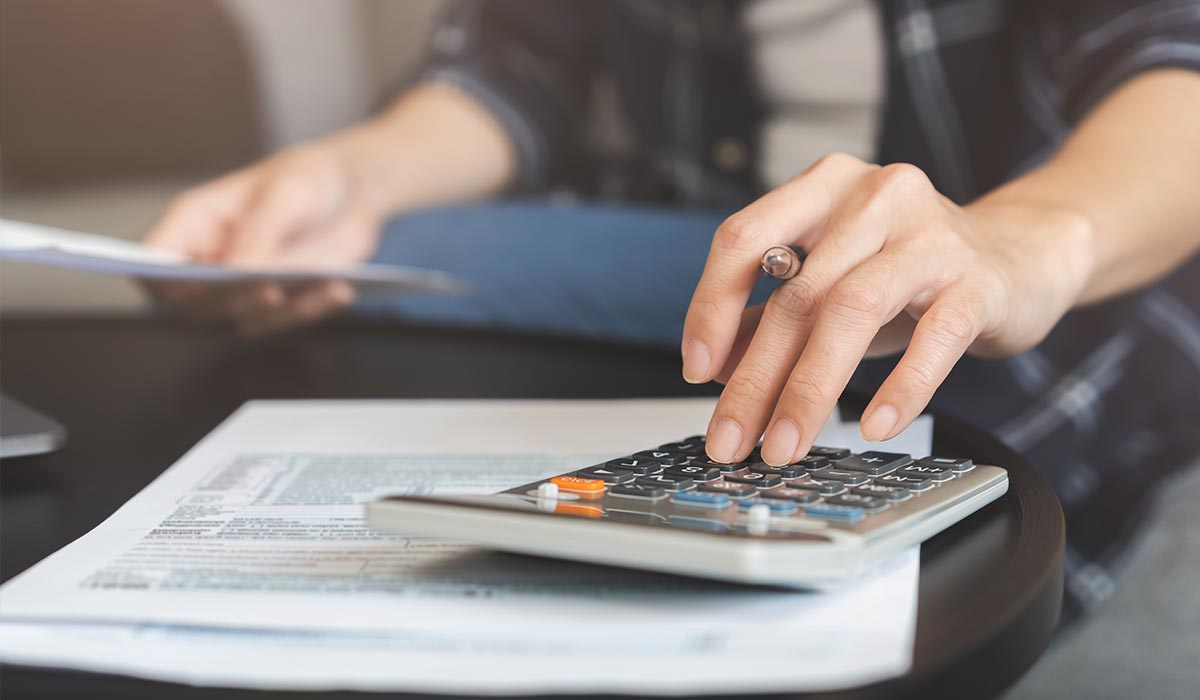Here at OMY Singapore, you will discover the following:
Personal Taxes In Singapore
In 2022, personal income tax in Singapore totaled $14.22 billion, which is more than 17% of the country’s total operating income. While this amount may seem huge, it’s surprising to know that Singapore ranks among the lowest in Asia and the world when it comes to tax rates.
The income tax bracket in Singapore is made up of 10 tax brackets that charge higher taxes for higher incomes, with a cap of 22% withholding tax rate.
Here at OMY Singapore, you will discover the following:
What Is Considered Taxable In Singapore?
All income individuals earn in the city-state is subject to tax. This includes those that are accrued in Singapore, as well as those that are received from outside the country. For tax purposes, all profits gained from rental, dividends, interest, and other investments, as well as profits from properties and royalties are also subject to tax.
For income that is received abroad, profits are considered taxable under the following terms (based on Section 10 (25) of the Income Tax Act):
- If the profit is brought, remitted, or transmitted into Singapore.
- If the profit is used to pay debts that are gained through business or trade carried in Singapore
- If the profit is used as payment for any moveable property in the country
These terms are only applicable to foreign income that is received in Singapore if that income is gained by someone considered a resident of the country.
To ensure foreign investors are still motivated to start a business here and use Singapore’s banking and fund management facilities, non-residents who are not operating inside the country are able to remit their income while being exempt from taxes.
Additionally, foreign income from investments outside the country is not considered to be part of Singapore’s jurisdiction. Therefore, it is not taxable.
Income Tax Bracket In Singapore
How much you pay in taxes in Singapore depends on which tax bracket you fall into.
Based on the income tax bracket in Singapore, people who earn S$20,000 or less do not have to worry about paying income tax at all. But as the person earns higher, the income tax they have to pay also increases. Take a look at the Singapore tax table below to see the effective tax rate by income.
| Singapore tax bracket 2023 | Income Tax Rate | Gross Tax Payable |
|---|---|---|
| First $20,000 Next $10,000 |
0% 2% |
$0 $200 |
| First $30,000 Next $10,000 |
– 3.5% |
$200 $350 |
| First $40,000 Next $40,000 |
– 7% |
$550 $2,800 |
| First $80,000 Next $40,000 |
– 11.5% |
$3,350 $4,600 |
| First $120,000 Next $40,000 |
– 15% |
$7,950 $6,000 |
| First $160,000 Next $40,000 |
– 18% |
$13,950 $7,200 |
| First $200,000 Next $40,000 |
– 19% |
$21,150 $7,600 |
| First $240,000 Next $40,000 |
– 19.5% |
$28,750 $7,800 |
| First $280,000 Next $40,000 |
– 20% |
$36,550 $8,000 |
| First $320,000 In excess of $320,000 |
– 22% |
$44,550 22% of excess income |
Keep in mind that this will change in 2024. Next year, individuals earning excess of S$320,000 will be subdivided so those earning more will end up paying more. Check out this income tax table Singapore to see the effective tax rate in 2023.
More From OMY: Singaporeans pay less taxes, says PM Lawrence Wong
| Singapore tax bracket 2023 | Income Tax Rate | Gross Tax Payable |
|---|---|---|
| First $20,000 Next $10,000 |
0% 2% |
$0 $200 |
| First $30,000 Next $10,000 |
– 3.5% |
$200 $350 |
| First $40,000 Next $40,000 |
– 7% |
$550 $2,800 |
| First $80,000 Next $40,000 |
– 11.5% |
$3,350 $4,600 |
| First $120,000 Next $40,000 |
– 15% |
$7,950 $6,000 |
| First $160,000 Next $40,000 |
– 18% |
$13,950 $7,200 |
| First $200,000 Next $40,000 |
– 19% |
$21,150 $7,600 |
| First $240,000 Next $40,000 |
– 19.5% |
$28,750 $7,800 |
| First $280,000 Next $40,000 |
– 20% |
$36,550 $8,000 |
| First $320,000 Next $180,000 |
– 22% |
$44,550 $39,600 |
| First $500,000 Next $500,000 |
– 23% |
$84,150 $115,000 |
| First $1 million In excess of $1 million |
– 24% |
$199,150 24% of excess income |
Calculating Your Tax
While a lot of people think that they are taxed based only on their Singapore tax bracket, it’s important to remember that the different tax brackets are taxed at different rates.
For instance, if you earn S$120,000, you can see based on the personal income tax rates stated above that you fall into the 15% tax bracket. However, you only need to pay 11.5% tax. That said, you should only pay $7,950 income tax instead of S$13,800 (11.5% of S$120,000).
You can find the IRAS income tax calculator here. This tool is extremely helpful to help you compute your IRAS personal tax rate.
How Can You File Your Tax in Singapore?
No matter where you fall into the income tax bracket in Singapore, you can file your tax in three ways.
Method 1: E-Filing
The first method to file your Singapore tax rate is through e-filing. For this one, you just need to get your SingPass or IRAS Pin. The SingPass password is so convenient since it can also be used for other government e-services. Meanwhile, the IRAS pin will be sent to you 4 working days after you enrol online.
Use your SingPass and IRAS Pin to log in to your myTax Portal. Keep in mind that you need to submit several documents in the online portal including your Form IR8A if your employer is not part of the Auto-Inclusion scheme, as well as documents for your dependents, rental income from your properties (if applicable), and partnership tax reference number or business registration number if you are self-employed.
Then, indicate your income, deductions, and reliefs from organisations under the Auto-Inclusions scheme. You should also include the reliefs that you claimed in the previous year and the information declared on your e-Stamping records.
More From OMY: What Is The Maximum Amount Of Tax Relief We Can Get From Our CPF Each Year?
The online portal will also ask you to update existing tax reliefs if you don’t qualify for them anymore or for the amendment of the other reliefs with other claimants.
Additionally, you are required to disclose your source of income if you received your income from sources that are not pre-filed. After this, you will be redirected to an acknowledgment page as proof of a successful transaction.
Method 2: Paper filing
Under this filing method for your personal income tax, you are not required to declare your employment income that you receive from your employer who is participating in the auto-inclusion scheme. It automatically includes this part in your tax assessment. Instead, you should just write “0” for your donations and employment income, as well as your CPF contributions and insurance premiums that are taken from your salary.
You will also receive these documents:
- Form B1 2016
- Guide to completing form B1
- Appendices 1 and 2
- Return envelope
Method 3: No-Filing service
Under this filing method, you are not required to file tax returns. Instead, you will be sent a Notice of Assessment which includes the auto-included income of your previous year’s relief claims. However, you should ensure that the NOA is accurate. If the information is not up to date, report it to IRAS within 30 days from the date of issue.
How Can You Pay Your Taxes?
Regardless of your income tax bracket in Singapore, you can settle your taxes through the following methods:
- GIRO
- Internet banking
- NETS/cash
- Cheque/cashier’s order
- Telegraphic transfer
A Word from OMY
The income tax bracket in Singapore plays a major role in helping the country reach its goals. This is crucial not only in funding economic projects, but also in social efforts, health services, social security, and a lot more.
More From OMY: How to Reduce Income Tax in Singapore Legally







